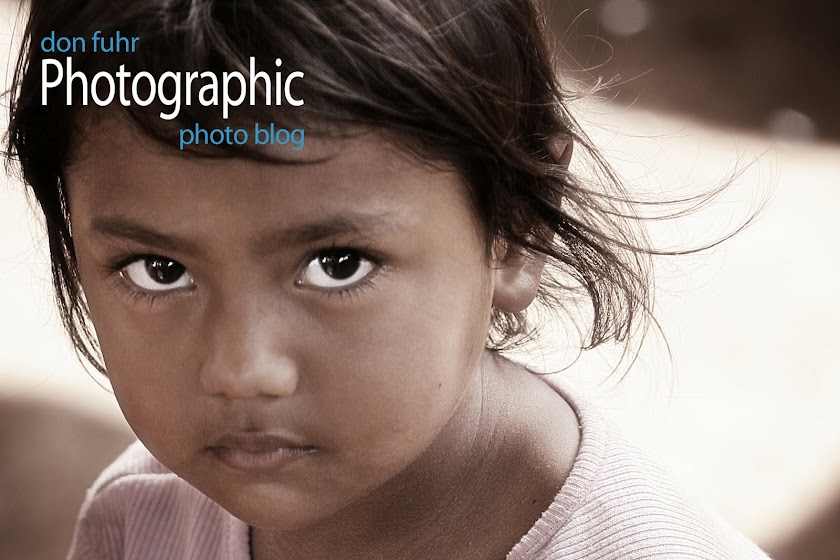Hi Powered Corvette.
My sister and her boyfriend, Ron, came down for a weekend visit from St. Louis. Several years ago I had photographed Ron’s highly modified collector’s edition Trans Am for him. He has since obtained a Corvette that he has begun to enhance with suspension and power train modifications. (Yes, it’s fast…!) After lunch, the girls were all talking and he wanted to escape so we decided to head out and get some photos of his new ride.
Here is the final result.
Read on to see how this image was made.
One of the things I enjoy about digital photography the most is that if you don’t have access to a suitable backdrop, or time does not allow (as in this case) for a drive to one and the coordination for suitable lighting, you can fake it.
Ron and I went to the Springfield downtown area and found a suitable parking garage. The upper floors of the garage were uninhabited and we located an area with some decent, although far from perfect, light for photographing a shiny car. Although the ambient light was great for shooting Ron, the reflections on the car were a bit of a problem. The spur-of-the-moment nature of our photo shoot left me with few solutions. If I used an open sky, the highlights on the top of the car were too harsh, so I opted for keeping a roof over us to even the light and give it more direction from the side rather than from overhead. The downside was the reflections on the engine hood of the overhead structure of the garage roof and the highlight of the skyline, from camera left, on the side of the car. I could have solved this with a couple of large bed sheets; one over the car and one to camera left, but I didn’t have any with me, (only camera and tripod) nor the time to set them up if I had. Enough with the excuses. I mention this simply as a critique and an exercise in problem solving.
Even with my choice of a more directional light from the side, I still had to solve the problem of too much separation in the tonal range of highlight and shadows. This problem I could solve by using my tripod and taking multiple exposures and combining them using the process known has HDR, or High Dynamic Range. This combines multiple images, all taken at least a full f-stop apart, into one image. A tripod is necessary to keep all images in register (perfectly aligned). The two images below show the two extremes of this series of images of the car.
The over exposed images capture the detail in the deepest shadows while those correctly exposed (or nearly so) capture the intermediate detail and the under exposed images capture the highlights. Because I wanted to make this a more realistic-looking composite I wanted to stay away from the typical HDR look, so my post processing was geared toward that goal.
After I had the images I needed of the car, I placed Ron in position for a couple of different poses and scale reference. In the image below, I positioned him in the beam of the headlights that would add some realism and help separate him from the background. I planned to re-position him slightly in post, but not much.
As with the rest of the family, Ron and my sister are firearm enthusiasts and both hold conceal carry licenses. Ron wanted to get a shot of him with his Browning Hi Power (in my opinion one of the finest 9mm semi-automatic pistols ever made). He rendered the gun safe and we double checked it before removing it from the car and shooting the images. Safety first.
After processing the images of the car and of Ron, I then chose two likely stock images to use in making the background. For this project, I wanted something simple and… isolated. I chose a stock photo by Night Fate Stock (thank you!) from the Deviant Art web site and a sunrise photo from my own stock images. Post processing allowed me to make the sunrise look like a moonrise. Finally, to add a little texture to the overall image, I used a stock texture by Wojtar Stock, also from Deviant Art.
A quick note about the Deviant Art website:
If you want to practice your own montages and manipulations, this is a great resource for stock images provided by other photographers/artists. Be sure to read and follow the individual rules of usage by the author of the image(s) you use as well as the general rules of the site. Some of the contributors are more restrictive than others, but since they are providing their images for use, I think it only fair to abide by their wishes.







